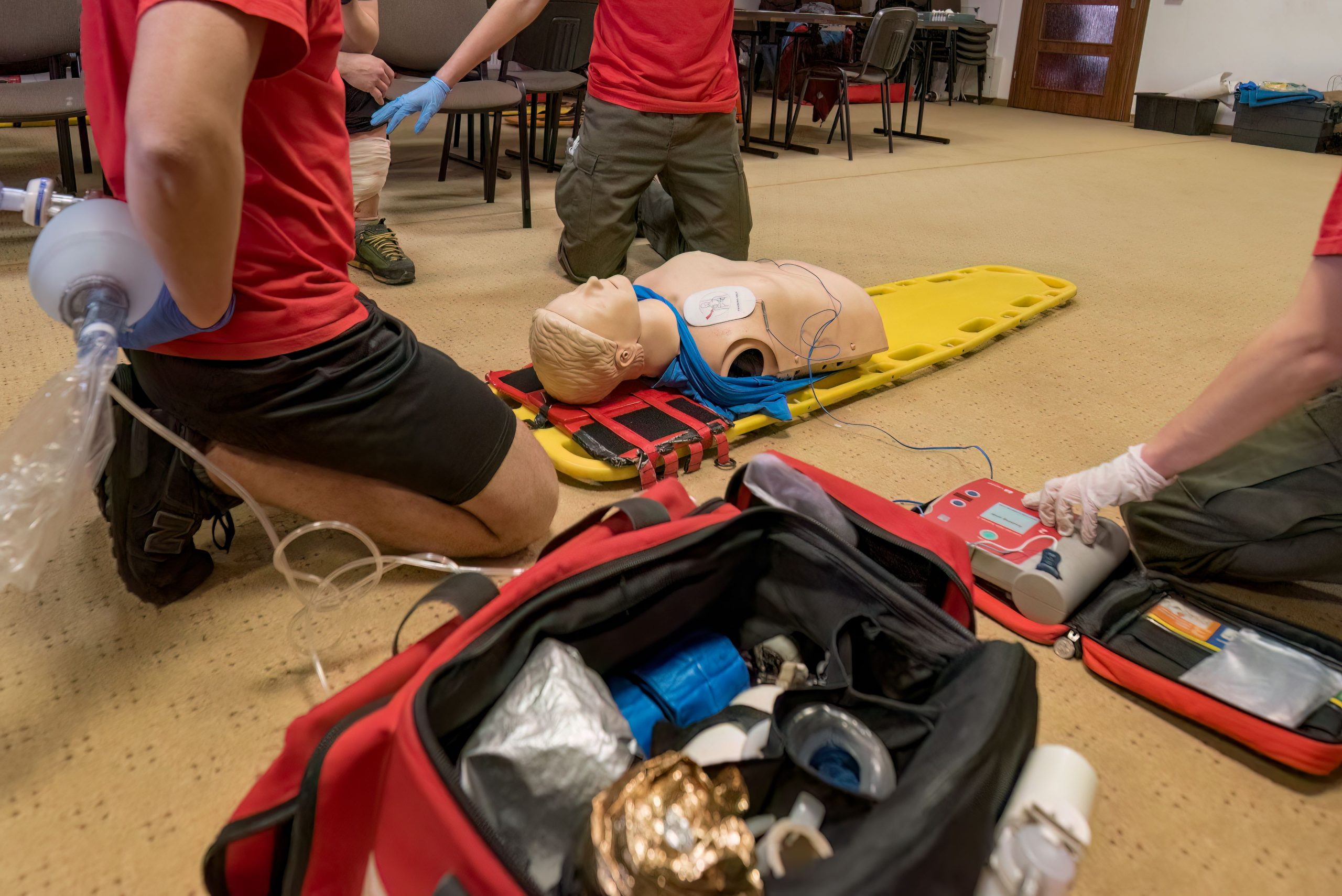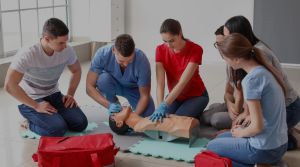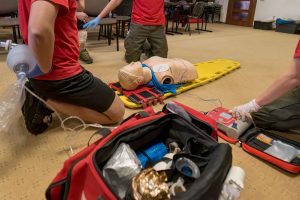
Menu
Close
People searching “cpr mannequin” want clear, practical advice: how to know if their manikin still teaches accurate compressions and ventilations, whether it’s hygienic, and when to repair or replace. This guide shows you the three biggest red flags—plus quick checks, cleaning protocols, and upgrade ideas—so your courses run smoothly and pass audits.
Bottom line: Reliable manikins build real-world skills. Unreliable ones create false confidence, frustrate learners, and can risk non-compliance with modern course standards.
Students remember how a class felt: the clarity of feedback, the realism of resistance, and the cleanliness of the equipment. Consistent, guideline-aligned practice improves CPR quality; today’s Canadian course policies increasingly favour real-time feedback for rate and depth during training and assessment.
If your gear can’t deliver that consistency—or if it looks neglected—engagement drops and outcomes suffer.
What you’ll notice:

Why it matters:
Feedback (audible clicks, LEDs, or app-based metrics) is how learners hit recommended chest compression rate and depth, and maintain recoil. Canadian training policies increasingly require feedback devices whenever a student practices or is tested in BLS-level courses. If your manikin can’t provide reliable cues, learners may pass class yet perform sub-optimally in real emergencies.
Quick fixes that sometimes help:
If the unit repeatedly fails simple checks, plan a repair—or retire it.
What you’ll notice:
Why it matters:
Cracked faces are specifically flagged by training organizations as do-not-use until repaired or replaced because they’re difficult or impossible to disinfect properly. Replaceable airways and face shields are designed to reduce cross-contamination, but they only work if you can clean and swap them consistently.
Hygiene best-practice, in brief:
If odour or staining persists after proper cleaning—or if cracks prevent effective disinfection—retire the unit.
What you’ll notice:
Why it matters:
Policy in Canada increasingly states that every time a student practices BLS skills, the manikin should be equipped with a feedback device. Programs that ignore this risk failing audits or delivering substandard training. Aligning your cpr mannequin fleet with current policies protects your classes and your learners.
Modern guidance targets an adult compression rate of 100–120/min and depth around 5 cm (avoid >6 cm), with minimal pauses and full recoil. Reliable manikins (and feedback) help learners hit these targets consistently.
For complex model/brand questions or upgrade paths, the team at CPR Depot Canada can help you match gear to course requirements and budgets.
If your current manikins are hard to clean, lack reliable sensors, or can’t take newer feedback modules, consider:

Context for learners: CPR is lifesaving in the right scenarios, but it’s also physically intense and outcomes vary by patient condition. You can use this NPR perspective piece to spark values-based discussions about code status and informed consent, especially with adult learners: NPR: “For many, a ‘natural death’ may be preferable to enduring CPR.” (Perspective/education context)
Use this quick list before every class and monthly for deeper checks:
Before each class
Monthly
Replace or retire when
Repair if the issue is localized (e.g., a worn spring, dead battery, or replaceable face/lung kit) and the chassis is sound. Many brands offer affordable parts kits that extend service life.
Replace if you see multiple failures (sensor + recoil + cracks), persistent hygiene problems, or if the model cannot support feedback devices required by your course policies.
Budget tip: Total cost of ownership often favours modern feedback models—fewer class disruptions, clearer pass/fail decisions, quicker cleaning cycles, and better learner satisfaction.
Not sure whether to repair or upgrade? The CPR Depot Canada team can recommend manikins, trainer AEDs, and hygiene supplies that match your course load and certification needs. Start here: CPR Depot Canada → or Contact for tailored advice and quotes.
How long does a cpr mannequin last?
It depends on usage, storage, and parts availability. With routine cleaning and periodic replacement of disposables and springs, many units serve for years. Retire units that crack, fail feedback checks, or can’t be disinfected properly.
Do I need a feedback device on every manikin?
Many course policies in Canada require feedback devices whenever a student practices BLS skills. Check your program’s current policy and equip accordingly.
What cleaning solution should I use?
Use 70% alcohol wipes between learners and brand-approved disinfectants after sessions; avoid harsh chemicals on electronics. Always follow the manufacturer’s care guide.
What compression targets should learners train to?
Adults: rate 100–120/min and depth around 5 cm, avoiding depths beyond 6 cm; maintain full recoil and minimize pauses—per current guidance summaries.
How do I know if my manikin’s “click” is calibrated?
Run side-by-side checks with an instrumented manikin or feedback module. If click = “correct depth” doesn’t match the readout during controlled compressions, service or replace parts.